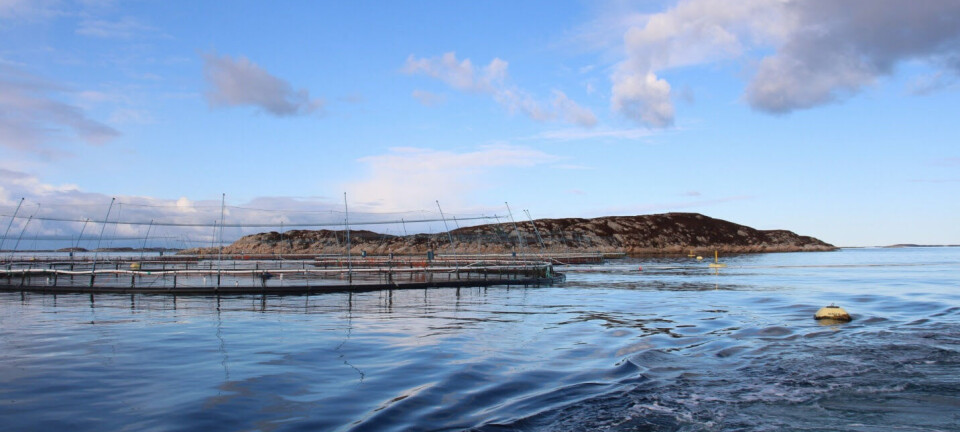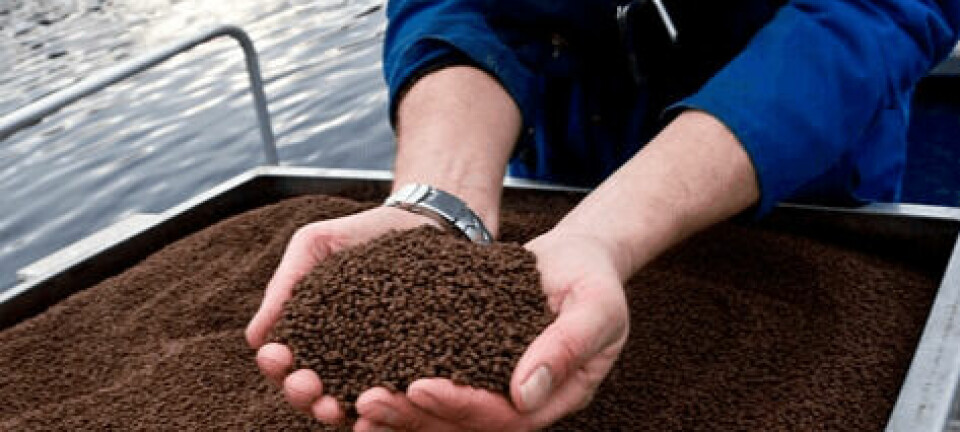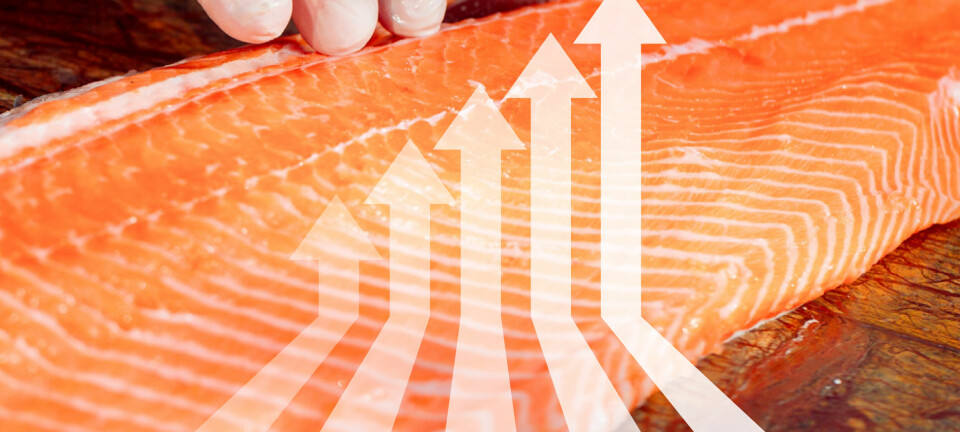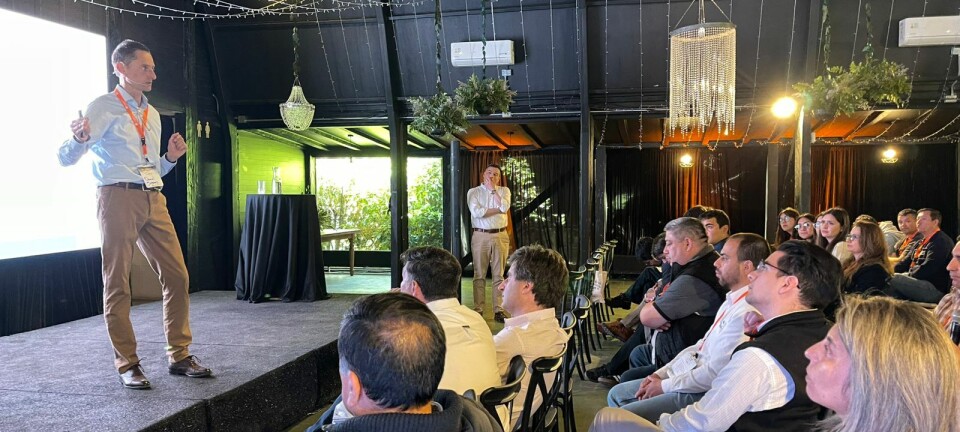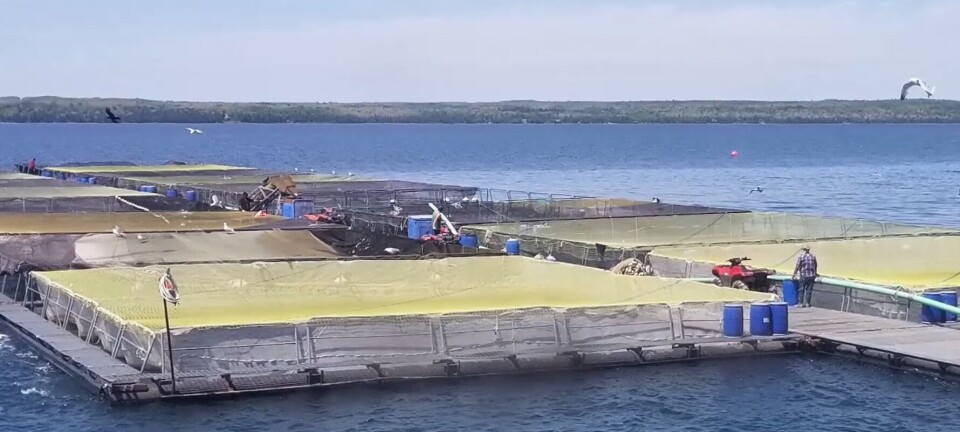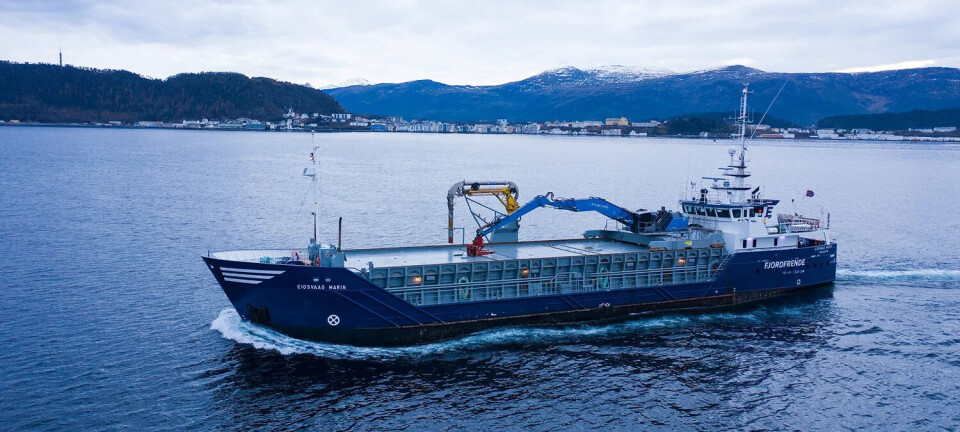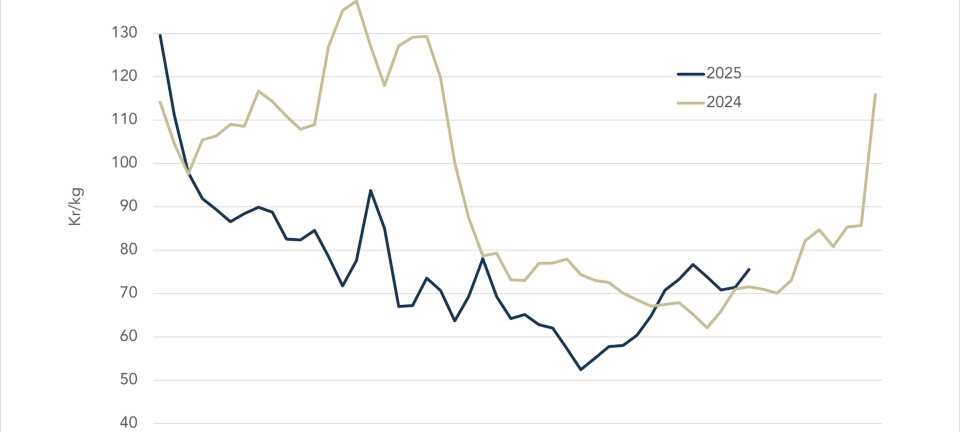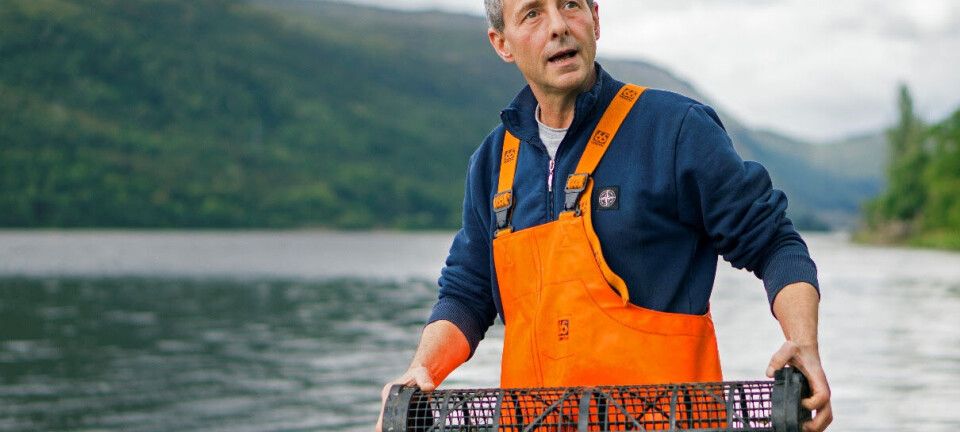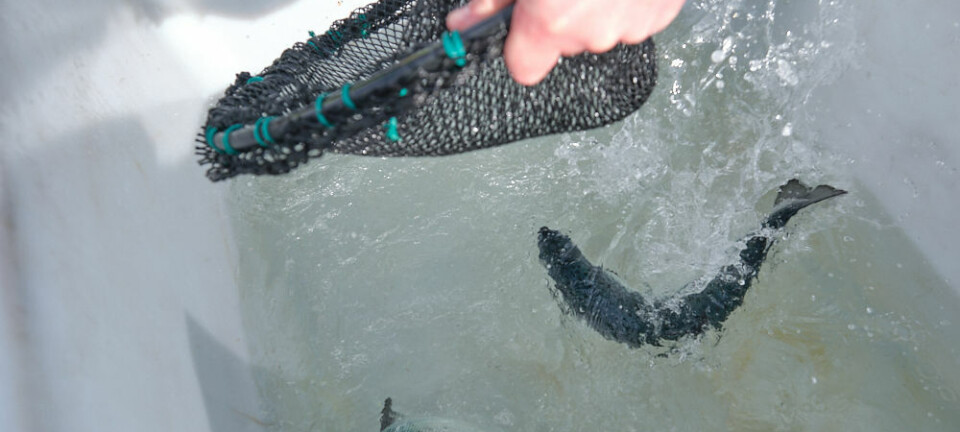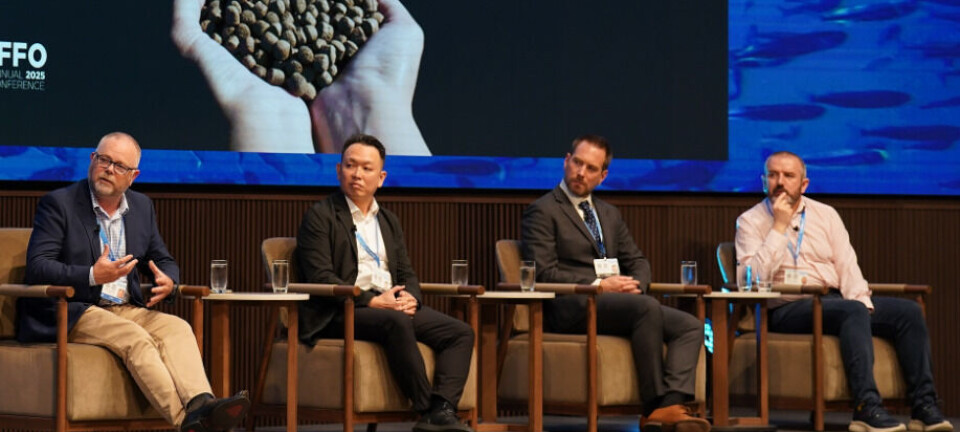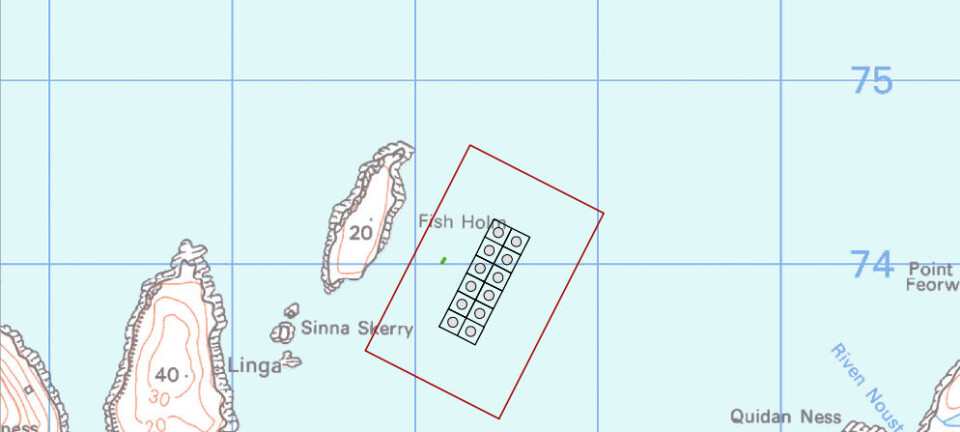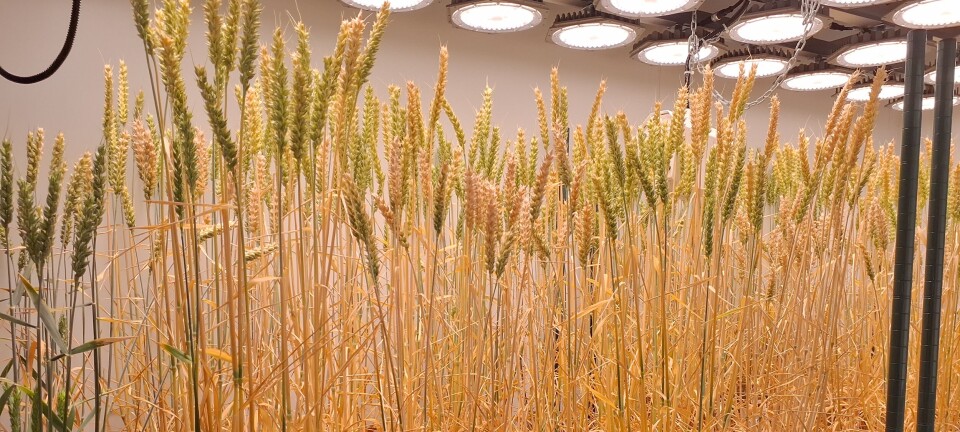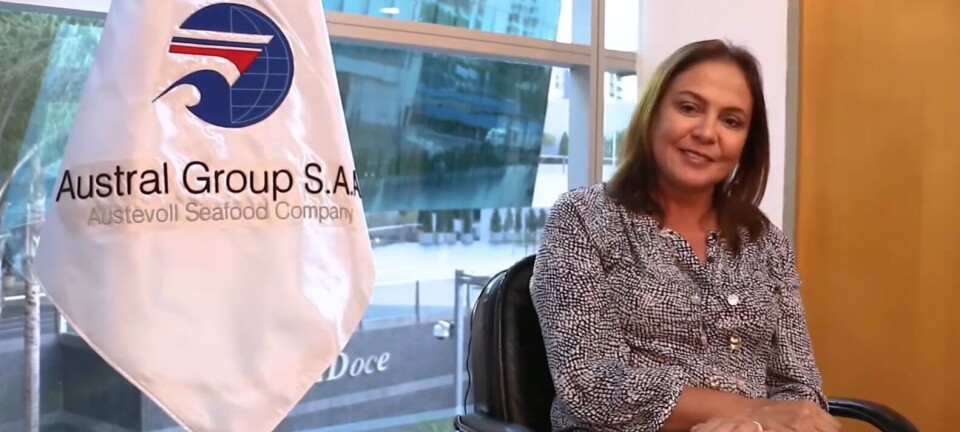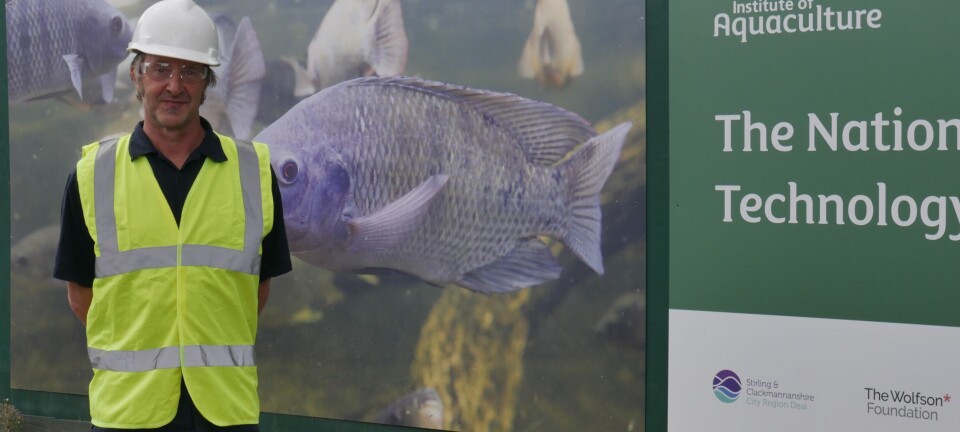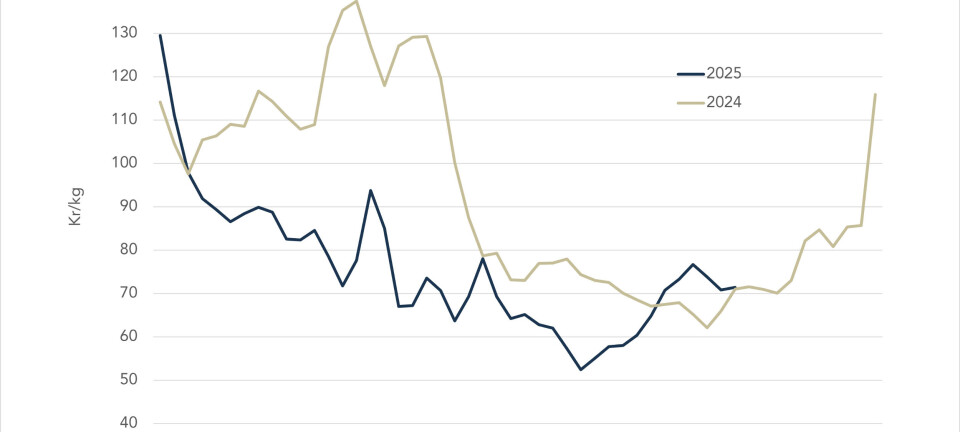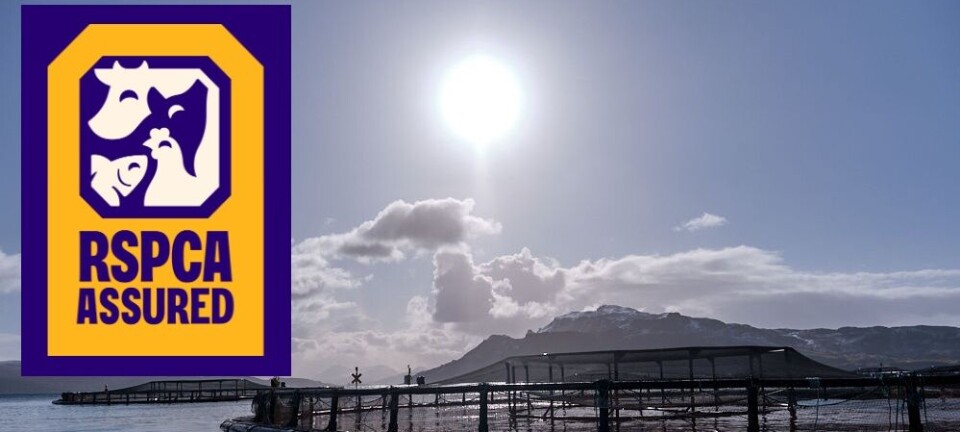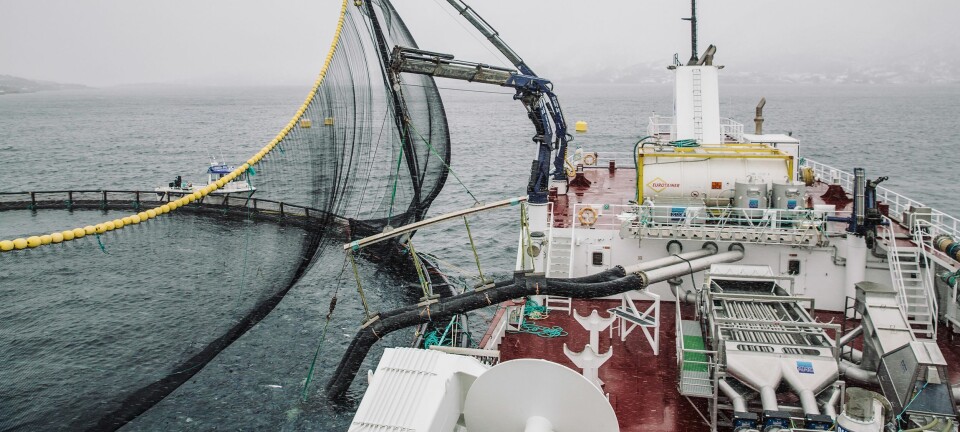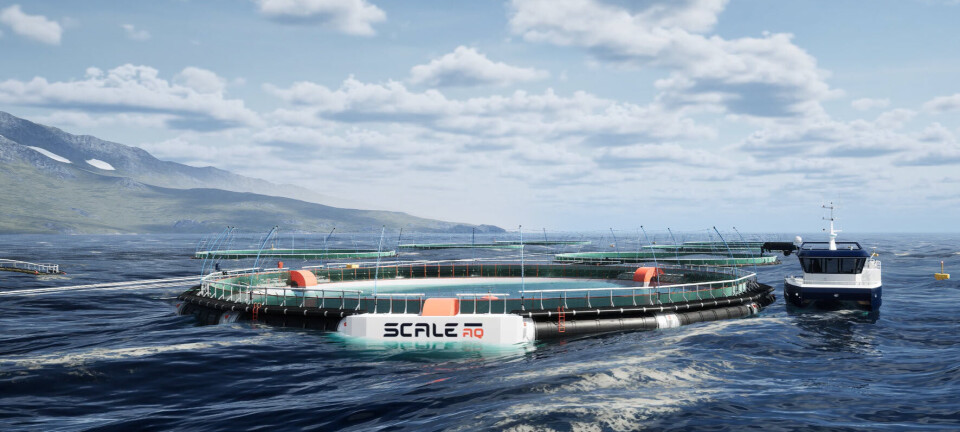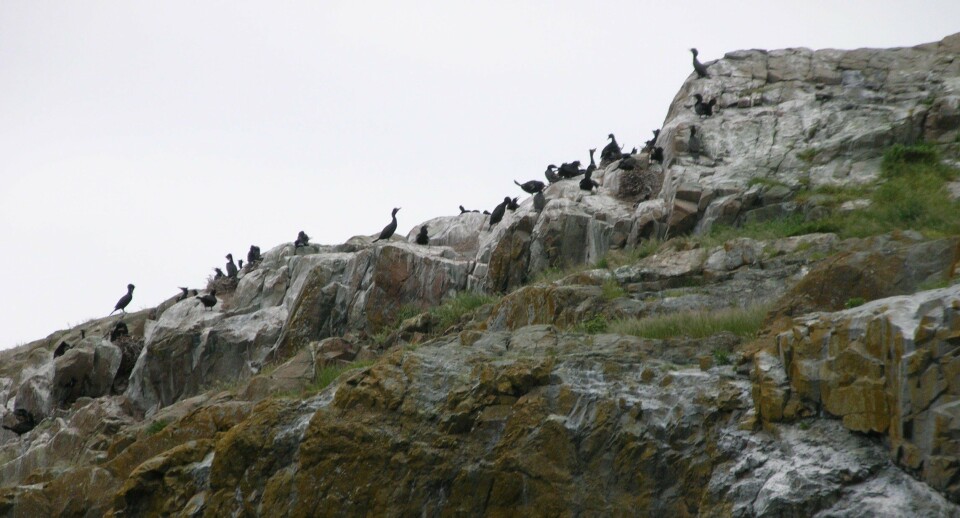
Cormorants consuming millions of young salmon
Recent declines of salmon runs in Alaska have by professional scientists been blamed on human population growth, resources development, power projects, invasive plant species, the impact of off-road vehicles and fish passage to natal streams. In one watershed alone, some 82 culverts have been replaced over the past five years because they were barriers to juvenile salmon. But according to Cecil Rich of the U.S. Fish and Wildlife Service, this is just the tip of the iceberg. “There are 655 crossings for fish in the Mat-Su Borough and 70 percent of them need replacement, and to fix all these barriers will take another 20 to 30 years”, he said to The Cordova Times. Findings of the invasive waterweed Elodea in Alaskan watersheds have also raised new concerns- the plant is usually found in people’s aquariums.
And for those who single-mindedly point to salmon farms as the one and only cause of downturns in wild salmon stocks, down in Oregon, there are other problems than fish farms that cause millions of juvenile salmon to be lost each year. Cassandra Profita of the Oregon Public Broadcasting (OPB) reports that birds are a major factor;
The U.S. Army Corps of Engineers recently reported a startling statistic: Double-crested cormorants living at the mouth of the Columbia River are eating 18 percent of the juvenile salmon swimming toward the ocean. The agency is looking for ways to reduce the impacts cormorants have on protected species of salmon and steelhead, and it has a list of options including hazing the birds, changing their habitat at East Sand Island, or maybe even killing some.
Using studies of the birds’ stomach contents and fish tags found in bird droppings, among other methods, scientists have determined that the cormorants ate an estimated 20.5 million salmon and steelhead smolts last year. That’s up from 19.2 million in 2010 and more than double the average of what the birds ate annually from 2000 to 2009. OPB’s Vince Patton was wondering whether the number of smolts killed by cormorants last year rivals the numbers that are killed by dams. As soon as he asked, I knew I would have to find the answer.
According to Corps biologist Brad Eppard, it’s tricky to compare the number of fish eaten by birds at the mouth of the river to the number that die while passing through the eight federal dams in the Columbia River Basin. Only some fish go through all eight dams – the ones that hatch in the upper reaches of the river system. Others only go through seven dams or six or five or … you get the picture. But all the surviving fish are swimming through the estuary and right by the largest cormorant colony in western North America. According to Eppard, the survival rate through each dam is 96 percent or better.
So, he said, the cormorants are definitely killing more baby salmon and steelhead than Bonneville Dam, and it’s probably safe to say you could add a couple more dams to the tally before the number of smolts killed by dams would surpass the number killed by cormorants. The survival rate for all outmigrating salmon and steelhead going through all eight dams is 53 percent, Eppard said. That’s taking into account other impacts such as avian predators, pike minnow and bass that are also known to eat salmon and steelhead smolts. So, by comparison, the cormorants are a fraction of the total impacts to juvenile salmonids throughout the river system. But it’s a healthy fraction. There are about 150 million smolts that make it to the section of the lower estuary where the cormorants live. And the cormorants claim about 18 percent of those.
Caspian terns – another bird that nests at the mouth of the river – took about 5 million smolts last year. But that’s down from about 6.5 million in 2008. The Corps has reduced the habitat available for Caspian terns at the mouth of the Columbia and built new nesting space in other locations to shrink their impact on salmon and steelhead listed for protection under the Endangered Species Act. Now the agency is looking to do the same with the cormorants. There are several public meetings coming up to discuss their proposals.



